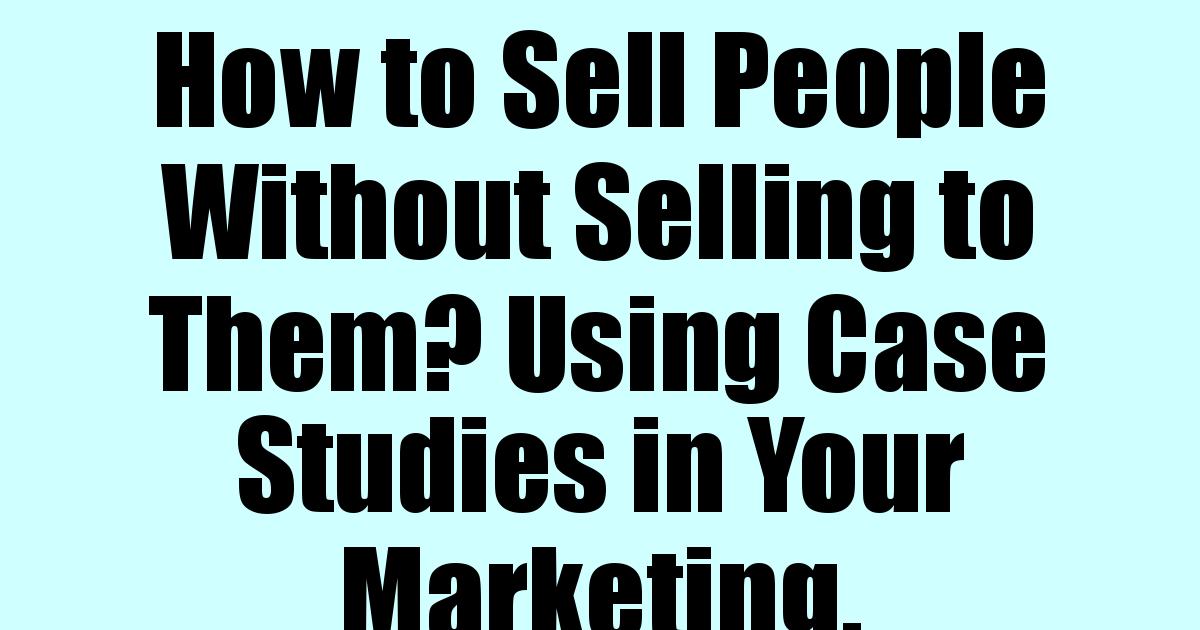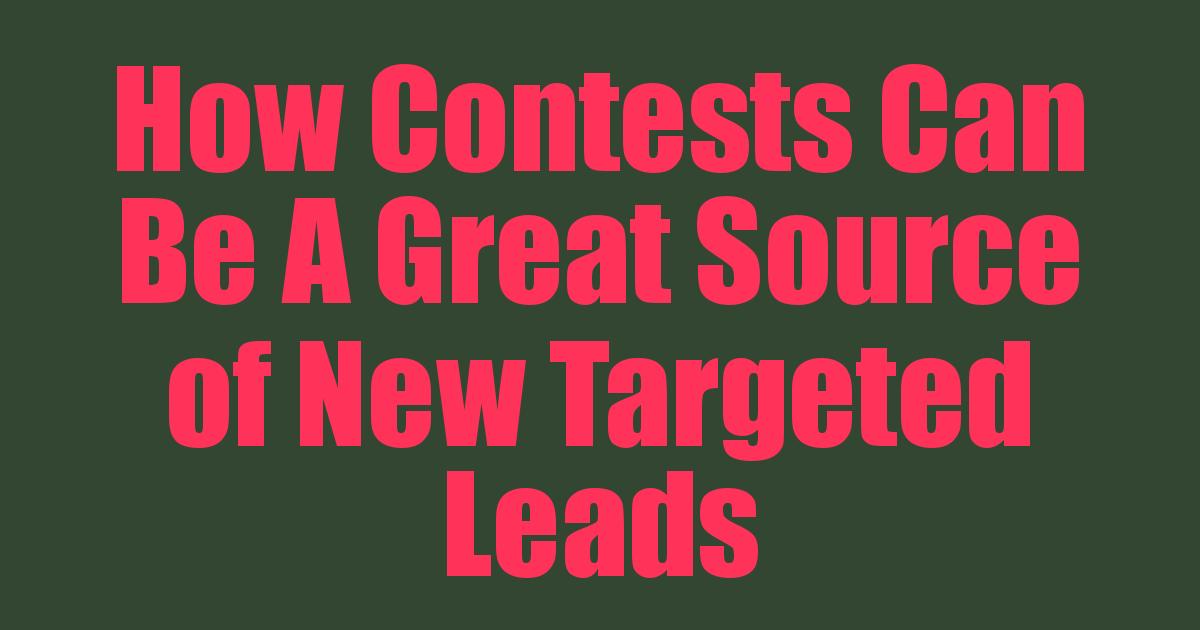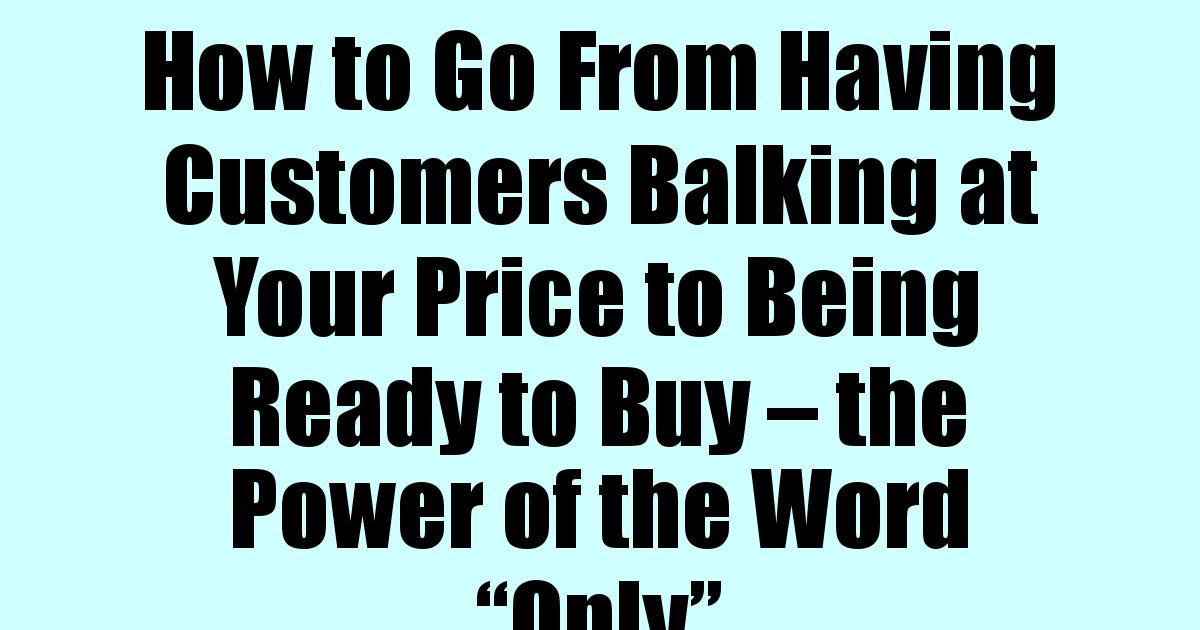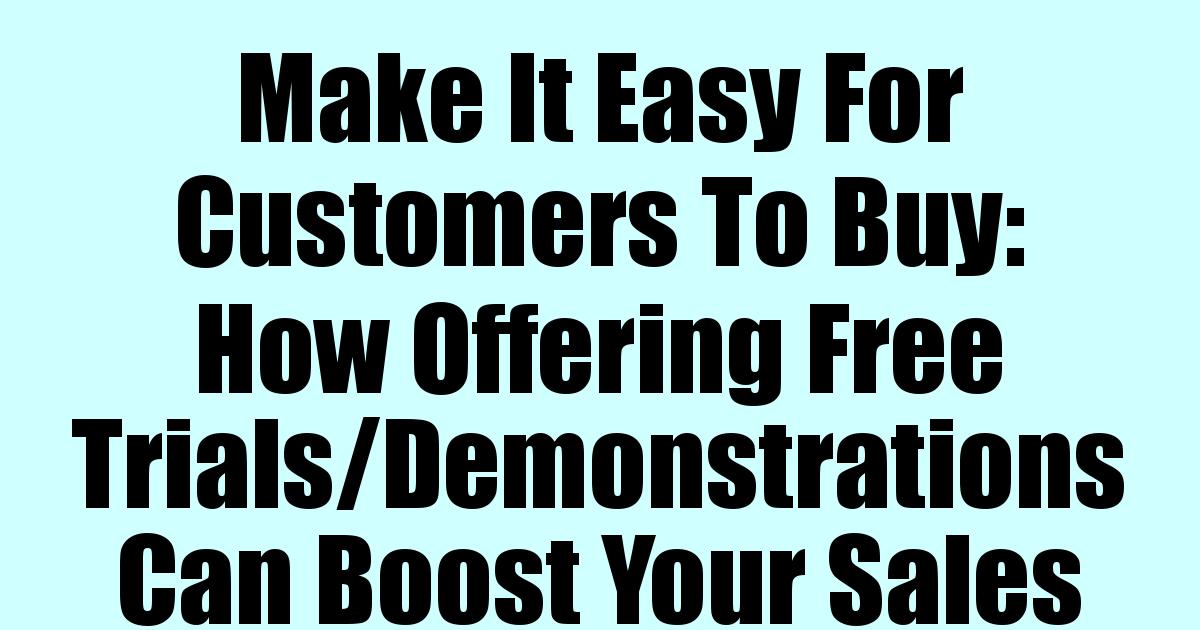 Too often business owners try to fight over the scraps. They try to make deals or land sales with anyone and everyone that they can find, regardless of if those deals are barely worth any money to them.
Too often business owners try to fight over the scraps. They try to make deals or land sales with anyone and everyone that they can find, regardless of if those deals are barely worth any money to them.
It’s amazing what can happen when you try to go for the bigger clients or choose bigger businesses to partner with. Just a single deal can often make for a very good month (or even year!).
There’s two main ways of doing this. First, you can target more high-end prospects with higher end offerings. By raising your prices and offering more “done for you” services and products, you can try to target the elite buyers instead of focusing on being the low-priced leader barely scraping by. The second way is to try to focus on big “competitors,” or on other business owners who are far bigger than you in a similar market, but not necessarily competing, and then trying to strike a deal with them to sell or promote your offers (for a big cut). If you make this hands-free, super easy, and very profitable for them, you’d be surprised how many are willing to do deals with you.
One way of doing the second suggestion here is by offering to white label your product or service. This is where you allow someone to sell your offer as their own while you do all the work to fulfill it. This can be a win-win for both, as they can get a good cut of the sale for doing virtually nothing except making easy sales for you, while you fulfill the sales, do the support, and make lots of extra sales without having to spend money on advertising or do any marketing yourself. A single big fish deal like this can make an entire business.
One thing that still amazes us to this day is that it’s often just as hard to make a huge sale or business deal as it is to make a tiny sale or business deal, yet the vast majority of people tend to focus on the little fish because they don’t think they’re able to land a bigger deal! This can be applied to almost any aspect of business – whether it be finding big players to partner with, selling high end products / services, or even just being an affiliate for more expensive products! Quite often times it’s just as hard to sell a $5,000 product as it is to sell a $50 product, as long as you’re targeting the right kind of prospects. One just results in you making a lot more.
Try going for the big fish now and then, whether by going after more elite prospects, at higher prices with better offers, or by seeking out big partnerships to do white label deals, where they sell your offers for you for a cut.
For more great marketing and sales tips to increase your business, check out this book 50 Marketing Tips & Tricks Learned After $100 Million in Sales Over 20 Years!.
 Social proof is a great way to help sell your product. A testimonial from a satisfied customer can sometimes be more effective than you, yourself, talking about your offer. A great way to make your marketing less “salesy” while still being powerful is to include case studies from people who have used your product/services.
Social proof is a great way to help sell your product. A testimonial from a satisfied customer can sometimes be more effective than you, yourself, talking about your offer. A great way to make your marketing less “salesy” while still being powerful is to include case studies from people who have used your product/services.
 Contests can be a great way to grab more leads or prospects, get feedback or testimonials from existing customers, encourage participation or attendance on webinars, and more. And, it’s not like you have to give away a car or something crazy expensive. In fact, often times cheaper giveaways will help increase your conversions even more (perhaps because they think they’ll have a better chance of winning?).
Contests can be a great way to grab more leads or prospects, get feedback or testimonials from existing customers, encourage participation or attendance on webinars, and more. And, it’s not like you have to give away a car or something crazy expensive. In fact, often times cheaper giveaways will help increase your conversions even more (perhaps because they think they’ll have a better chance of winning?).
 How items are described and the words we use to frame situations can have a big impact on how we then think about a scenario. Just as saying, “I cut my finger, but there’s only a little blood” versus, “I cut my finger and there’s blood everywhere,” paint two very different pictures, the words you use to describe your pricing can make a big difference to your sales. Something as small as just putting the word “only” before your pricing can increase your sales.
How items are described and the words we use to frame situations can have a big impact on how we then think about a scenario. Just as saying, “I cut my finger, but there’s only a little blood” versus, “I cut my finger and there’s blood everywhere,” paint two very different pictures, the words you use to describe your pricing can make a big difference to your sales. Something as small as just putting the word “only” before your pricing can increase your sales.
 How many of us wish we could find out the domain owner of a website, but we end up finding the host instead of the original owner? Sometimes we find nothing at all. A popular domain can be a precious treasure, but before you begin your hunt, you'll need a clear purpose in mind. Work out the what and the why that surround your need for this domain, and then ask these two important questions:
How many of us wish we could find out the domain owner of a website, but we end up finding the host instead of the original owner? Sometimes we find nothing at all. A popular domain can be a precious treasure, but before you begin your hunt, you'll need a clear purpose in mind. Work out the what and the why that surround your need for this domain, and then ask these two important questions:
 Everybody loves a freebie! What do you currently sell, that is of value, that you could offer for free? And how can you monetize the back end of that? This works especially well if you can offer something that other businesses would normally charge for.
Everybody loves a freebie! What do you currently sell, that is of value, that you could offer for free? And how can you monetize the back end of that? This works especially well if you can offer something that other businesses would normally charge for.
 Sometimes it’s hard to see the benefit of something we haven’t seen in action or tried first. Offering a free trial period, or a demonstration of your product, can be a great way to alleviate a potential customer’s fears and make them confident the product will work for them. Also, once someone has tried something free they often feel obliged to reciprocate by purchasing from you - it’s the principle of reciprocity in action.
Sometimes it’s hard to see the benefit of something we haven’t seen in action or tried first. Offering a free trial period, or a demonstration of your product, can be a great way to alleviate a potential customer’s fears and make them confident the product will work for them. Also, once someone has tried something free they often feel obliged to reciprocate by purchasing from you - it’s the principle of reciprocity in action.